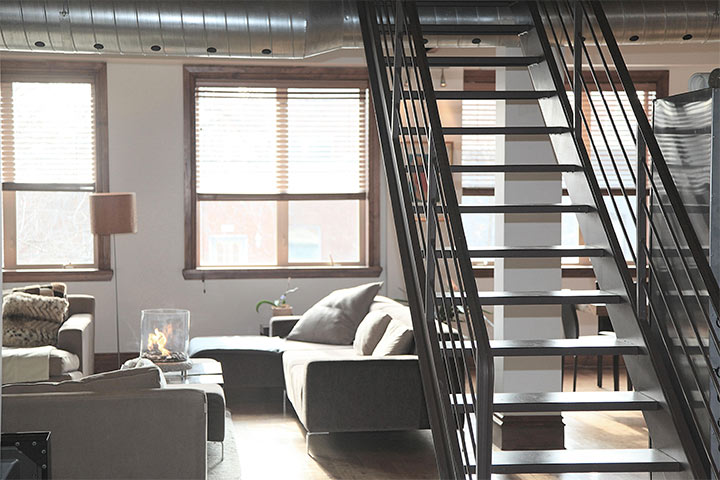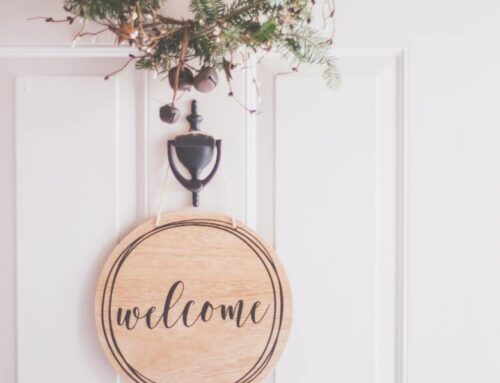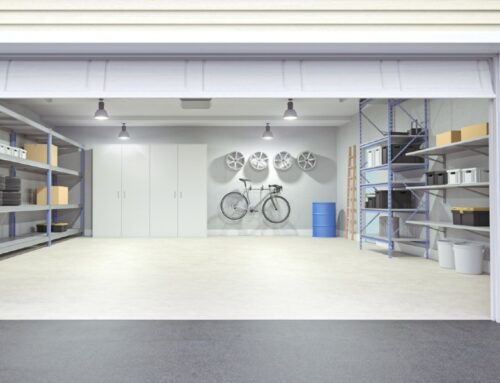Landlord Liability 101
Spring is just around the corner! However, with warmer weather and longer days comes an increased risk of injury as people become more active in and around their homes. As a landlord, what are your obligations when a tenant or their guest is injured on your property? Regarding the question of landlord liability, continue reading for more information on this topic.
Landlord Liability: Injuries
There is no black-and-white answer when it comes to landlord liability – it depends on the circumstances and the location of the incident. Here are a few common scenarios that lead to trips to the emergency room (and the courtroom) every year. They describe where the responsibility of the landlord and tenant begin and end. However, we advise that you consult with a local attorney for details specific to your area.

A Fall on a Tiled Floor Inside the Home
Provided that the fall was not caused by damaged tiles that the landlord was aware of, the blame will fall either on the injured individual(s) or the tenant. You can advise tenants to carry a renters’ insurance policy or make it a requirement in the lease agreement to help deal with landlord liability.
Landlord Liability: A Fall on a Sidewalk within the Property Boundary
Even though spring is coming, mornings may still be cold with patches of ice and/or uneven ground that could become a treacherous obstacle. When drafting a lease, be sure to specify that the responsibility for clearing and maintaining such areas lies with the tenant.
A Fall on a Staircase or Steps
In case of such a fall, the investigation over liability will focus on the condition of the stairs or steps. If there is damage of which the tenant informed the landlord and ample time has passed without any repairs, the responsibility will lie on the landlord. However, this may be amended if the landlord did investigate but found the costs to be prohibitive.
Landlord Liability: A Fall from the Roof or a Ladder
As with stairs, the responsibility of a fall from a roof or ladder is the responsibility of the tenant unless it is found that the injury was the result of damage that had previously been reported to the landlord. The responsibility for maintenance of the home’s structure lies squarely on the landlord.
The Risk of Fire
Many tenants enjoy hanging lights around a back porch or patio. With decorative lights comes the possibility of short circuits and fire. Most times, the culprit turns out to be overloaded sockets which frees the landlord from culpability. However, if the fire can be traced to faulty wiring it is the homeowner who will be held responsible.
Landlord Liability: Maintenance Obligations
As a landlord, the simplest way to protect yourself against legal action and medical costs if someone sustains an injury on your property is to fulfill your maintenance obligations. Ensure that the lease clearly specifies the tenant’s obligations and that it minimizes your exposure in case of an incident.
Consult a lawyer experienced in property and/or injury liability cases for the latest and most relevant advice on landlord liability. For more advice on and tips for landlords, please see our blog.






